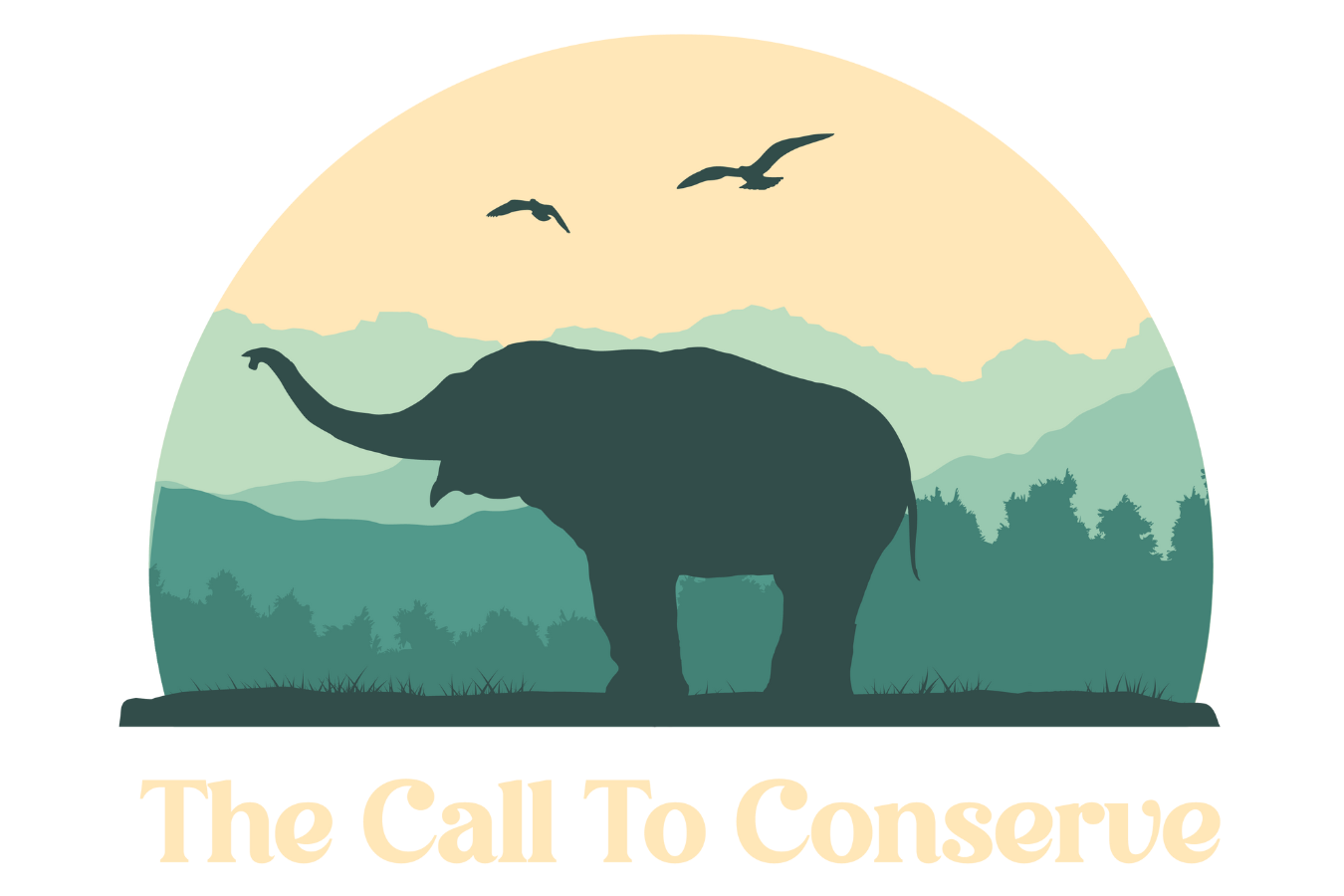The Impact of Wildlife Tourism on Local Communities
Wildlife tourism can be a captivating industry that allows travelers to connect with nature and experience the wonders of the animal kingdom. However, this industry can also pose significant challenges to the natural environment and the local communities residing in these ecologically sensitive regions. To ensure the longevity of wildlife tourism and foster ethical practices, involving local communities in the development and management of such initiatives is crucial.
By engaging the people who live in close proximity to wildlife habitats, we can create a win-win situation that promotes conservation, sustainable tourism, and positive socio-economic impacts. In this blog post, we will explore the various dimensions of wildlife tourism, examine its effects on the communities that host these cherished natural treasures, and delve into the importance of community involvement in wildlife tourism.
The Positive and Negative Impacts of Wildlife Tourism
Wildlife tourism has gained immense popularity in recent years as more and more people seek meaningful and immersive experiences in natural environments. Observing and interacting with wildlife in their natural habitats can be an awe-inspiring and educational experience for travelers. However, it is crucial to recognize that wildlife tourism has both positive and negative impacts on local communities.
Economic Benefits of Wildlife Tourism
One of the most significant positive impacts of wildlife tourism on local communities is the economic benefits it brings. Wildlife tourism can generate revenue and employment opportunities for residents, thereby boosting the local economy. Tourists visiting wildlife destinations spend money on accommodation, food, transportation, and local products, contributing to the growth of local businesses and the creation of jobs.
This influx of income can support the development of infrastructure, education, and healthcare systems, improving the overall quality of life for the community.
Impact on Conservation Efforts
When managed responsibly, wildlife tourism can play a crucial role in supporting conservation efforts. Tourist dollars often contribute directly to conservation projects and the preservation of fragile ecosystems. Not to mention, local communities become more invested in protecting their natural resources when they realize the economic value of wildlife and the environment.
The revenue generated from wildlife tourism can be used for habitat restoration, anti-poaching initiatives, and research programs. Additionally, increased awareness among tourists about the importance of conservation can lead to a more sustainable approach to wildlife management.
Cultural Exchange and Community Empowerment
Wildlife tourism can promote cultural exchange and foster community empowerment. Indigenous communities and residents often have a deep understanding of the natural environment and a wealth of knowledge about local wildlife. By engaging with tourists, they can share their cultural heritage and traditional practices, which can help preserve their unique identity.
Furthermore, tourism can create opportunities for cultural events, handicrafts, and culinary experiences, providing a platform for communities to showcase their customs and traditions.
Environmental Concerns of Wildlife Tourism
While wildlife tourism can bring substantial benefits, it also poses certain environmental risks. Unregulated tourism can lead to habitat degradation, wildlife disturbance, exploitation, and increased pollution. Excessive visitor numbers and improper waste management can harm fragile ecosystems and disrupt the natural behavior of animals.
Furthermore, poorly planned infrastructure development can fragment habitats, leading to biodiversity loss. It is crucial to implement sustainable practices such as visitor limits, education programs, and waste management strategies to mitigate these negative impacts and ensure the long-term viability of wildlife tourism.
Animal Welfare Concerns of Wildlife Tourism
Animal welfare concerns in wildlife tourism have become a pressing issue that demands attention and action. While tourists are often drawn by the allure of interacting with exotic animals and observing them in their natural habitats, behind the scenes, these encounters can have devastating consequences for the creatures involved.
Instances of captive animals being exploited, kept in inadequate conditions, and subjected to stressful and unnatural behaviors are not uncommon. The demand for up-close experiences has led to a proliferation of unscrupulous operators prioritizing profit over the animals' well-being. From elephant riding to posing with drugged tigers for selfies, these practices not only compromise the physical and psychological health of the animals but also threaten their conservation and survival.
It is crucial for travelers and industry stakeholders alike to prioritize ethical wildlife tourism that prioritizes the welfare of the animals, supports genuine conservation efforts, and fosters responsible interactions, ensuring a sustainable and compassionate approach to experiencing wildlife firsthand.
Importance of Involving Local Communities in Wildlife Tourism
To maximize the positive impact of wildlife tourism on local communities, it is essential to have inclusive participation and equitable distribution of benefits. Engaging residents in decision-making processes and providing training and employment opportunities can ensure that they are active stakeholders in the tourism industry.
By involving communities in the planning and management of tourism activities, their voices are heard, and the benefits are shared more fairly. This enhances communities' social and economic well-being and strengthens their commitment to conservation and sustainable practices.
Achieving a balance between tourism and conservation requires responsible management and sustainable practices. Involving local communities in developing and managing these initiatives is not just a choice; but a necessity. By adopting a community-centered approach and ensuring the participation of residents, wildlife tourism can become a catalyst for positive change. As travelers and stakeholders, it’s vital that we actively support and promote community-driven efforts to build a better future for both wildlife and the people who share their homes with them.
🐘 We're proud to partner with SafetyWing to provide travel insurance for ethical travelers.
When you use our affiliate link, you’re directly supporting our nonprofit’s work in wildlife welfare and ethical tourism.
Learn More & Get Covered


